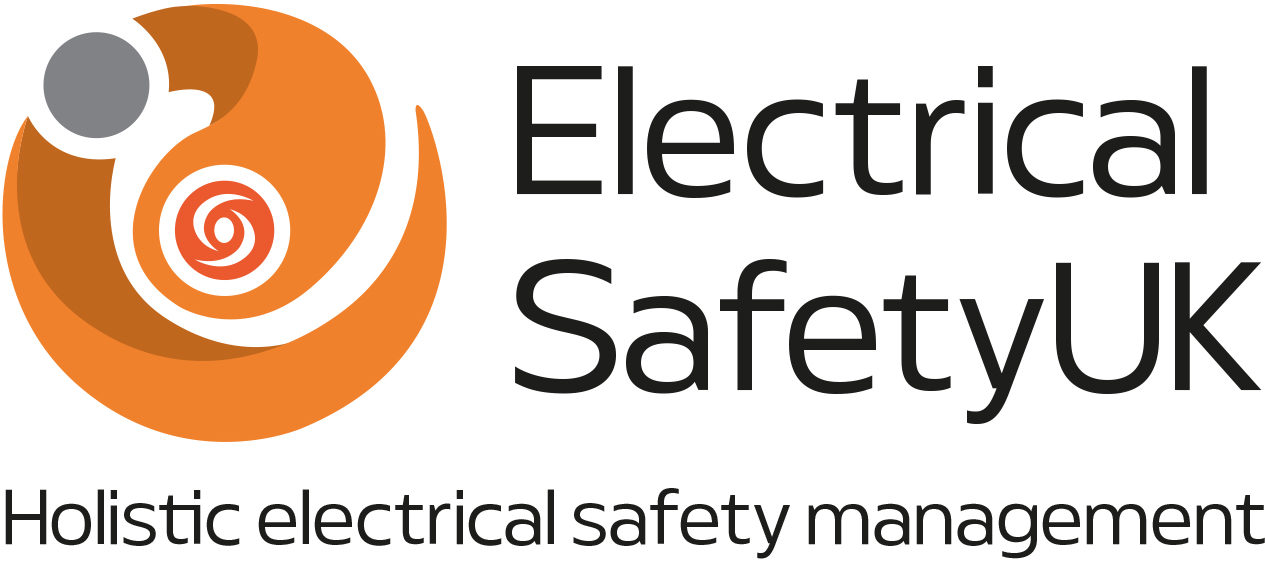Introduction
Electrical Safety UK (ESUK) has helped many companies review and improve their Electrical Safety Management System (ESMS).
One question we are often asked is, what should an ESMS contain? This has prompted me to write a series of articles looking at the different aspects of this vital management system. Here is the fourth article in that series.
The purpose of a Management of Ageing and Obsolete Electrical Equipment Procedure is to set out how the ageing and obsolescence of electrical equipment should be managed within your business or site. The procedure should provide a proactive system for managing specific ageing and obsolete electrical assets.
Electrical equipment is often designed with a relatively long lifetime (typically 20+ years). This procedure should give guidance on ensuring the equipment’s integrity over this period, if not well beyond it. Keeping Electrical Equipment in service beyond its original design life must consider commercial and safety considerations. This procedure describes how you should manage your ageing and obsolete equipment using a structured risk-based methodology.
Scope
The scope of the procedure could include different types of electrical equipment typically but not limited to:
- Variable Speed Drives
- Trace Heating
- Low Voltage Switchgear
- Low Voltage Motor Control Centres
- Low Voltage Cables
- Low Voltage Cable Joints
- High Voltage Switchgear
- High Voltage Cables
- High Voltage Cable Joints
- Dry Type Transformers
- Liquid Filled Transformers
- Main Earthing Systems
Responsibilities
You should consider who is responsible for the procedure, e.g., the electrical duty holder. Who will own the process and be accountable for its review and update? If you have multiple sites, nominate one person to manage ageing and obsolescence at each location.
What to Consider
Managing ageing and obsolete equipment requires monitoring several factors as the equipment ages. Your process should be a knowledge-based risk management process, in which the knowledge is the business criticality of the asset, its condition and the impact of the trend line on its life cost. There may be a need to vary maintenance activities and frequencies to allow the equipment to remain in service safely. There may also be a need for assessments, inspections and overhauls.
The following pre-requisites should be in place to allow the proper management of ageing and obsolete electrical equipment:
- A fully populated record of all electrical assets at all your sites and facilities.
- A maintenance management system for all electrical assets at all your sites and facilities. This system should describe the maintenance activities for all the electrical assets in 1. above and the frequencies at which those activities are carried out.
- The maintenance management system should record all maintenance activities that have been carried out on your sites and facilities.
Training and Competence should be addressed in your procedure; think about:
- Competence requirements for critical roles
- Job descriptions
- Competence to undertake duties and responsibilities.
Arrangements should be in place for managing ageing and obsolescence process training, and suitable records should be kept.
Management of Ageing Electrical Assets
Guidance can be found in EEMUA 227 Management of ageing electrical assets, viewed as current good practice.
The starting point is to assess your existing assets, which can be done by generic equipment type. The assessment should consider the age of the equipment, its expected life and other factors to determine if any action needs to be taken. Some expected life information is available in EEMUA 227. The other factors that are included in the EEMUA 227 assessment guidance also form part of the assessment process as follows:
- Age Index (Ai): scored upon age vs expected life
- Maintenance Index (Mi): score based upon historical maintenance inspection and test results
- Operation Index (Oi): score based upon utilisation/load/stress
- Service level (Sl): a score based upon how far down the electrical network the equipment is, i.e., the nearer to the incoming supply, the more critical the equipment is likely to be
- Redundancy index (Ri): score based upon whether you have redundancy of the equipment being assessed
- Production index (Pi): score based upon the likely monetary loss you would incur if the equipment failed
The factors above can be used to calculate two factors:
- Criticality Index (Ci) = Sl + Ri + Pi and;
- Health Index (Hi) = Ai + Mi + Oi
You can then use these two factors to assess condition and whether intervention is required. This can be done by using a risk matrix.
Frequency of assessment
New equipment or plant should be assessed after about five years after it has come into service.
Existing equipment should be assessed every five years for the first half of its expected life and after that every three years, or if the assessment identifies that a more frequent evaluation is appropriate at more regular intervals.
Action required following the assessment
The Criticality Index and Health Index factors should be used to determine appropriate action based on the Action Matrix. You should have different Action Matrices for each equipment type. The Action Matrix output can provide a colour-coded “Action Required” recommendation. The assessment process could give four possible actions for the equipment undergoing assessment:
- None
- Evaluate
- Assessment
- Intervention
You must provide specific guidance for each generic equipment type for the Evaluate, Assessment and Intervention actions. For example, a liquid-filled transformer assessment could describe the following requirements for each step:
Evaluation Requirements
- Review maintenance history
- Review defect history and transformer type defect history for any common mode defects.
- Review condition monitoring results. Consider trend information. Oil analysis results. Partial discharge results. Temperature trends. Thermography trends.
- Consider operational context.
- Consider the life cycle plan for the operational plant/equipment supplied by the transformer.
Assessment Requirements
- Carry out activities required for “Evaluate” and review previous “Evaluate” results.
- Carry out an overhaul service/refurbish as per manufacturer’s instructions if appropriate.
- Carry out an internal inspection of transformer windings, tap changer and bushings/terminations if appropriate.
- Review the current maintenance regime and determine if frequencies and activities need to be amended to allow the transformer to continue in service.
- Document additional life extension based upon this “Assessment”, e.g., how many years of life extension is acceptable.
- Consider at what point the transformer will need to be replaced and whether it needs to be added to the Capital Plan for funding application.
Intervention Requirements
- Carry out risk assessment for continued operation.
- Carry out activities required for “Assessment” and review previous “Assessment” results.
- Replace, Refurbish or Run to Failure as appropriate.
If you would like to talk to Electrical Safety UK about anything in this article, please feel free to get in touch. We can offer a free, no-obligation video conference to discuss your requirements.





